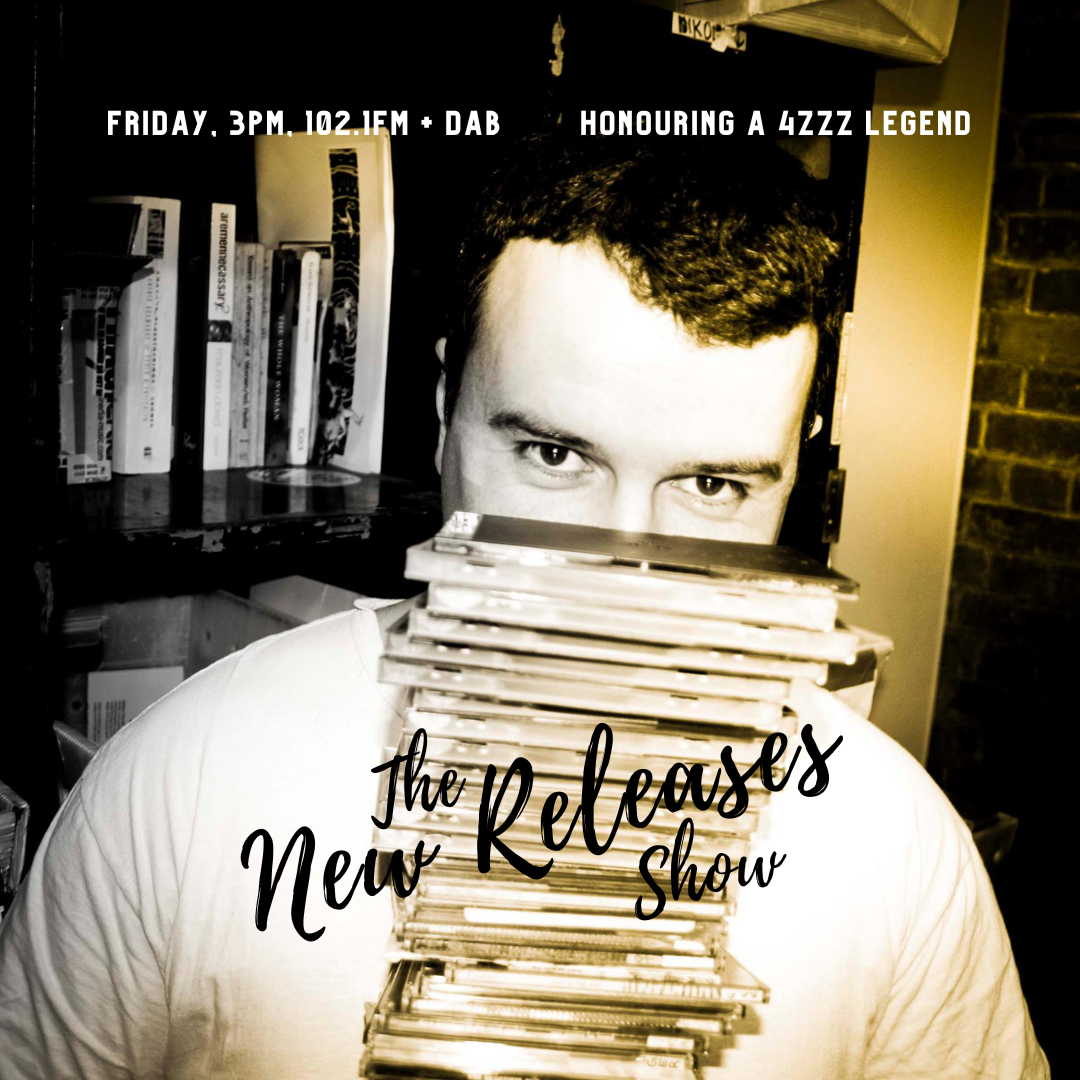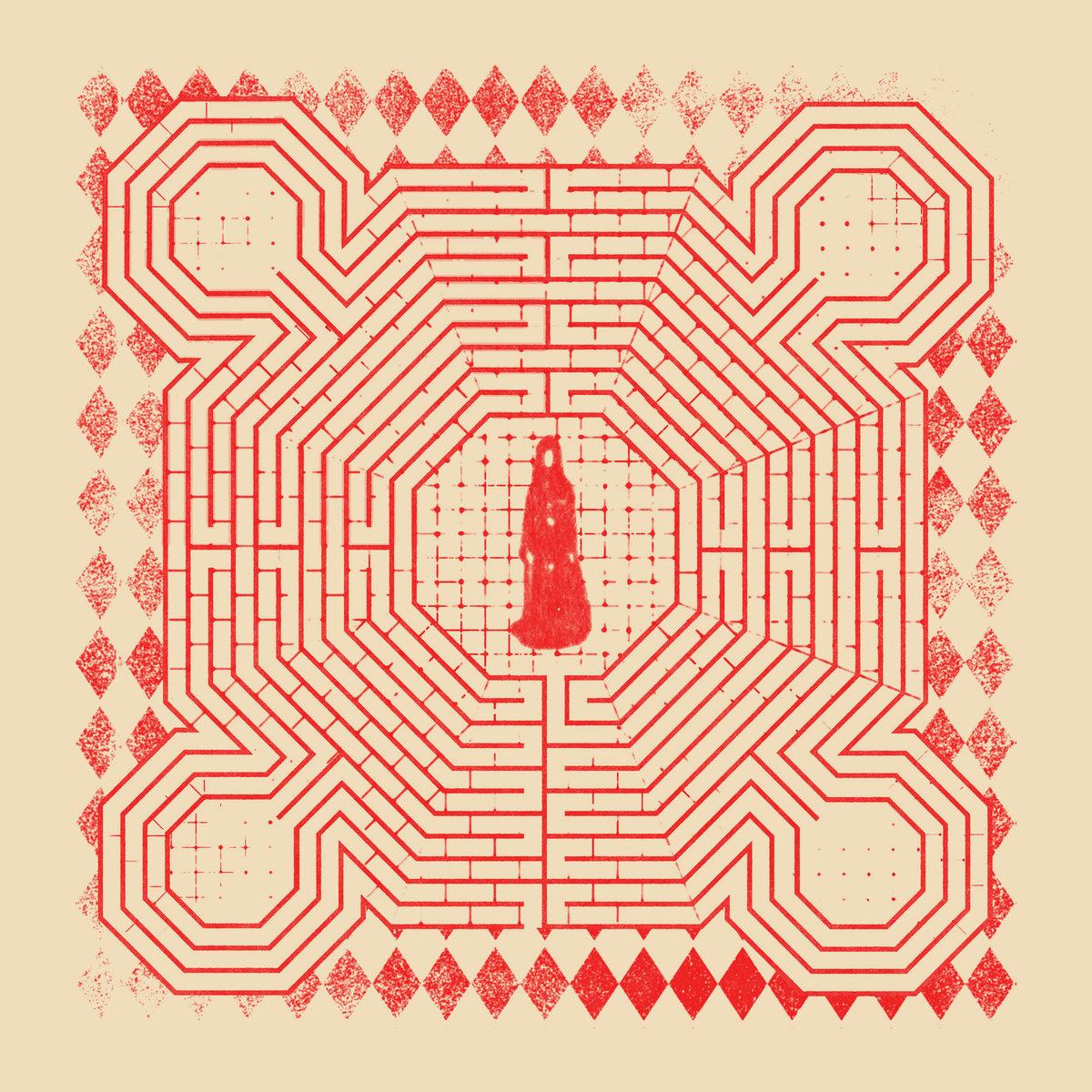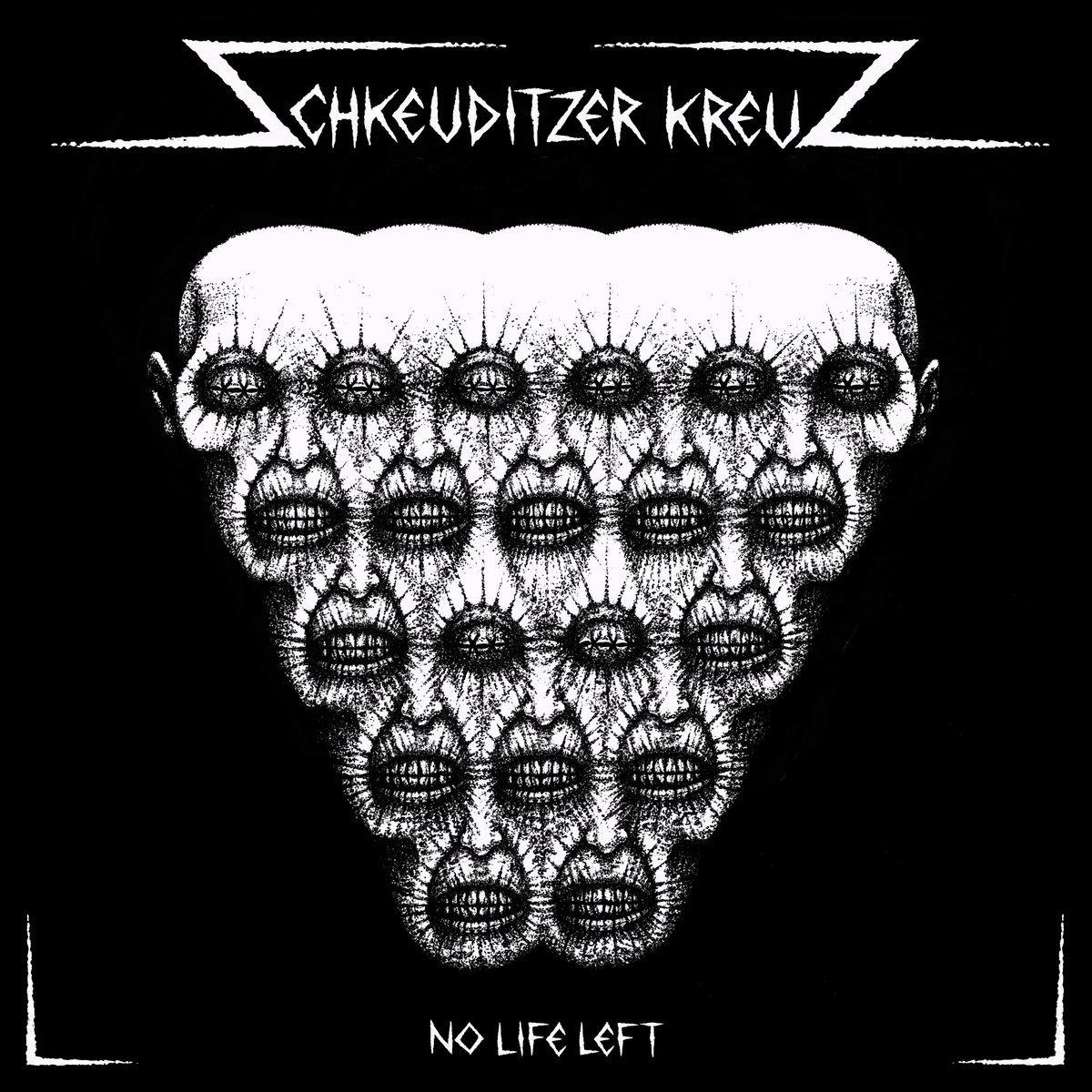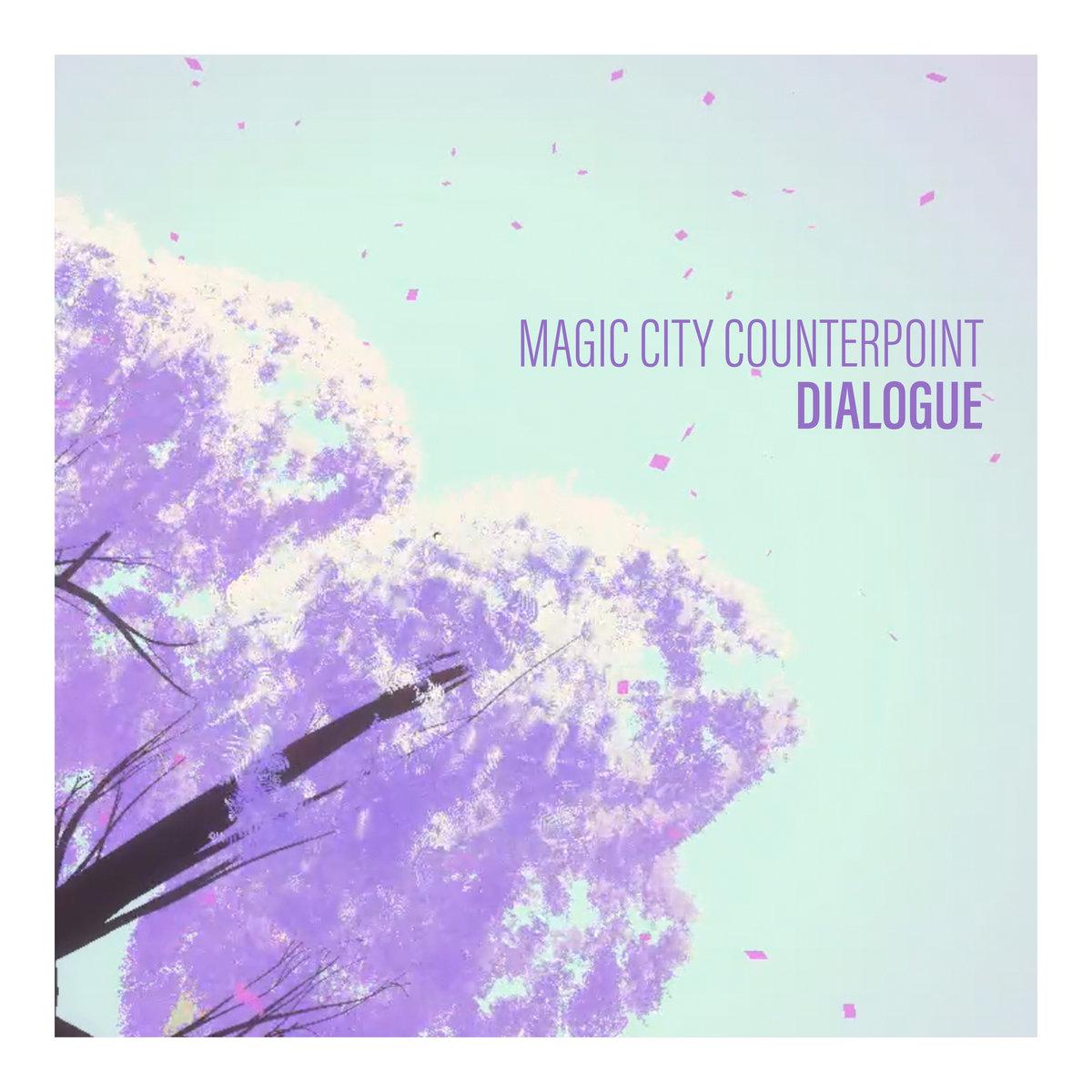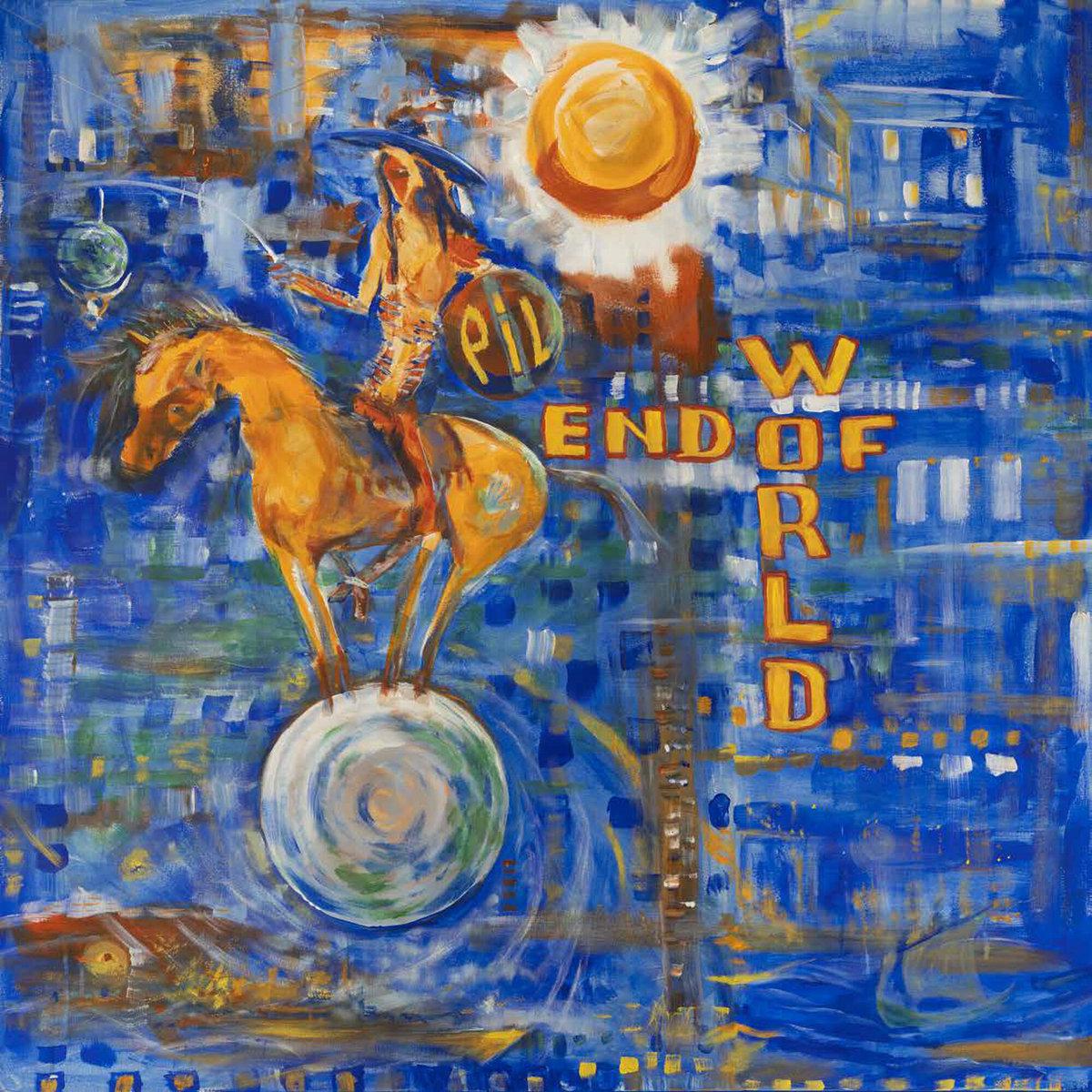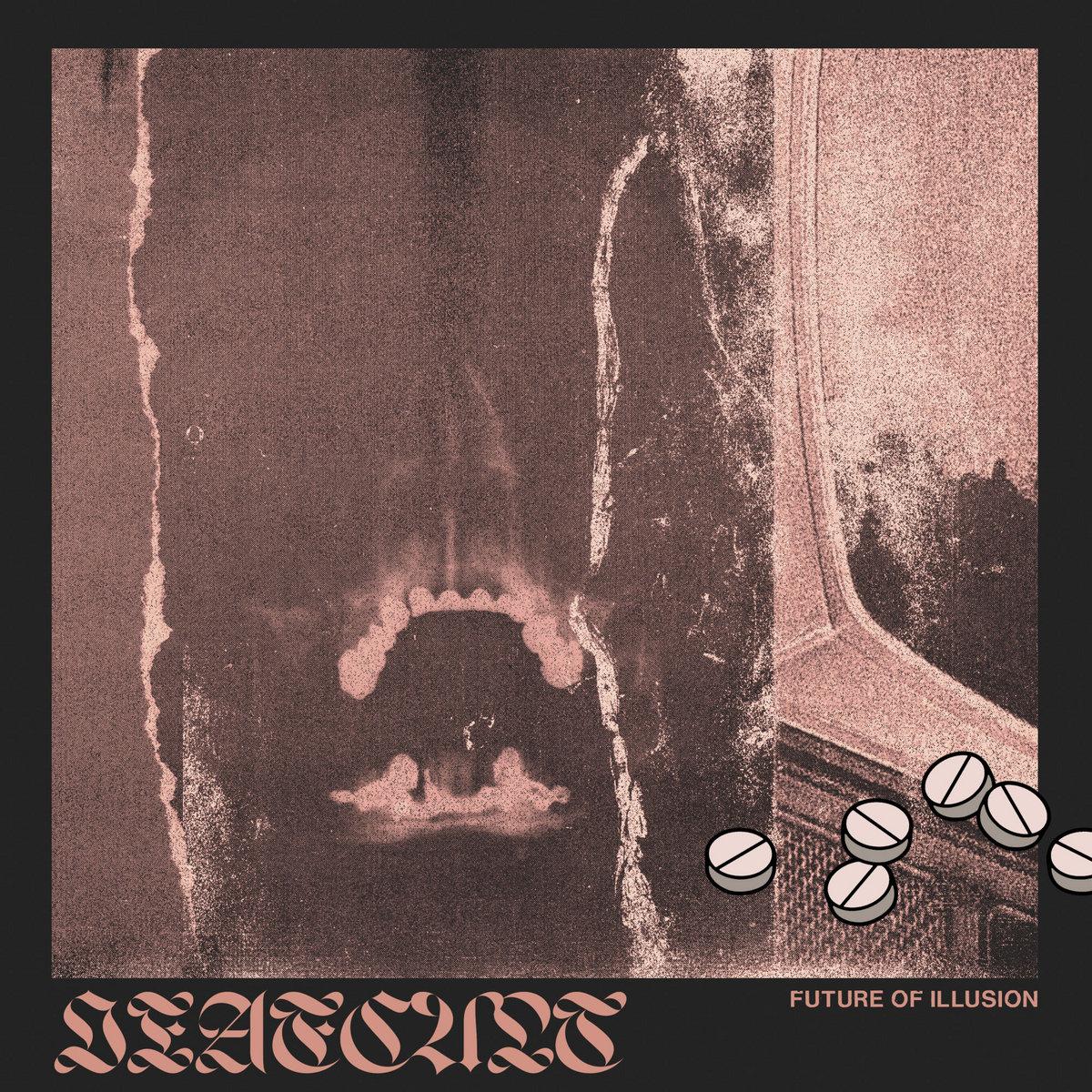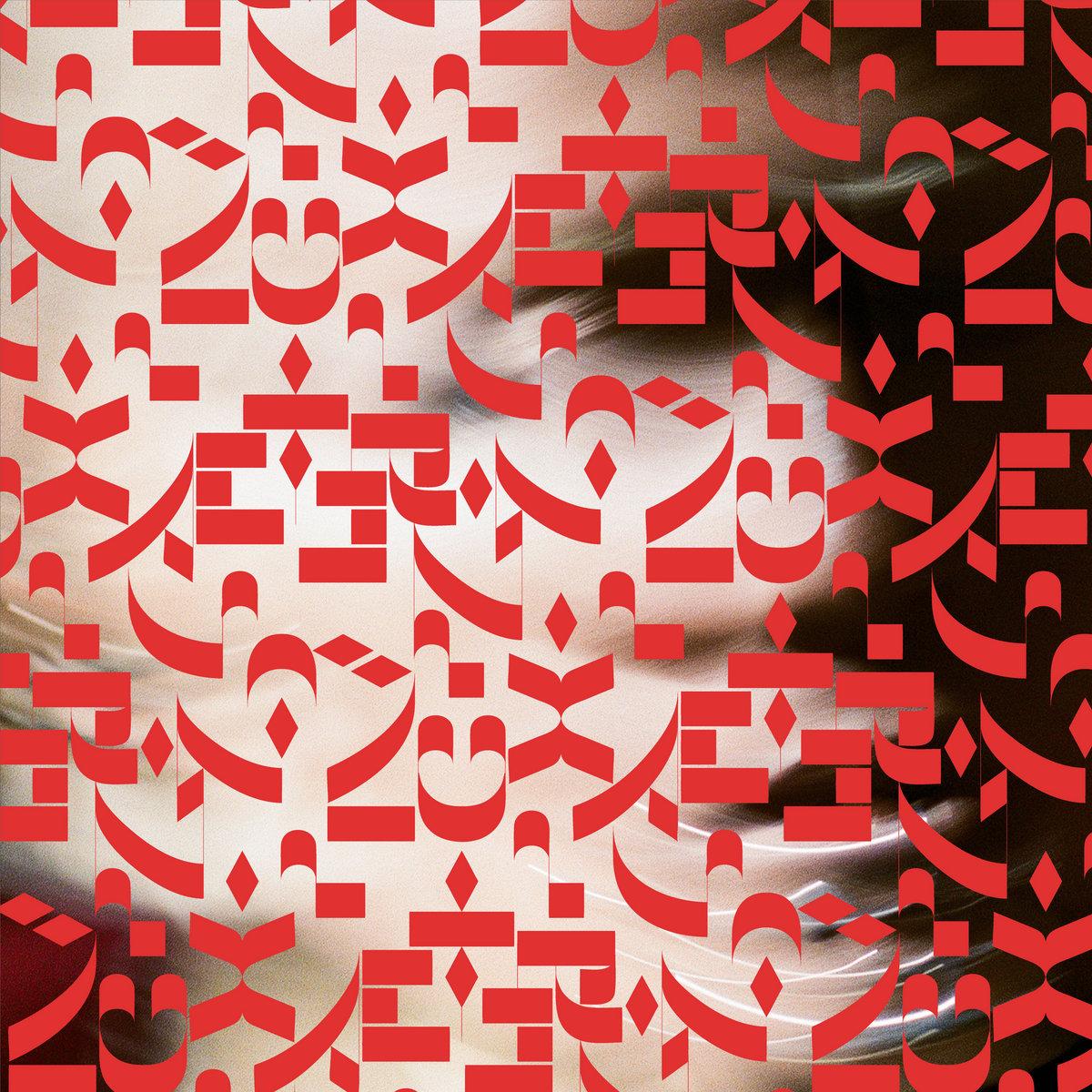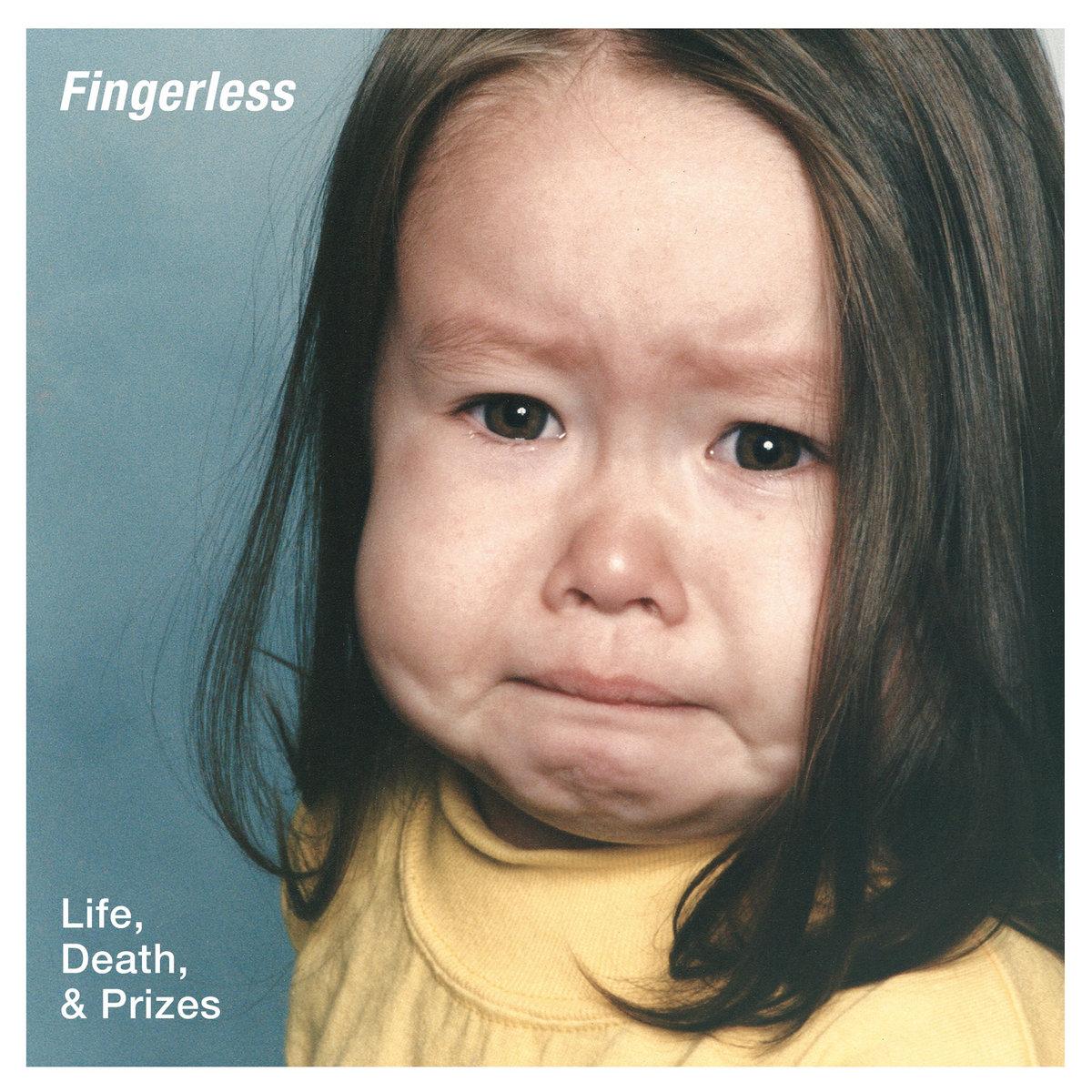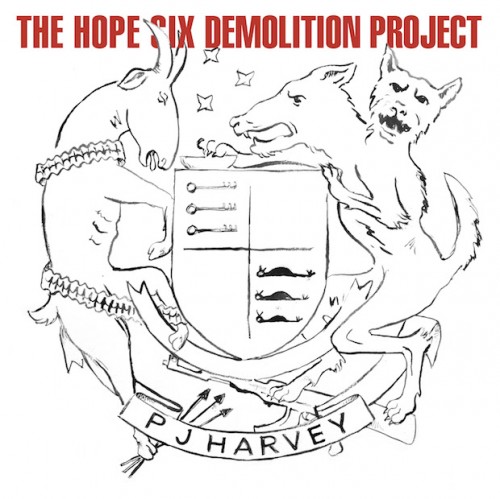
- There’s a lot of concept behind the content in The Hope 6 Demolition Project that could do with an introduction... The songs were all inspired by a series of trips PJ Harvey made to Kosovo, Afghanistan and Washington DC between 2011 and 2014 along with her collaborator, photographer and filmmaker Seamus Murphy.
As well as that they were recorded in public as part of an art installation called Recording in Progress in Somerset House in London. Finally, the album’s title is taken from an American government initiative called Hope IV which -in essence- replaces old, dilapidated public housing with so-called “mixed income” housing that’s almost never affordable to previous tenants. It’s a fitting name for a collection of songs that attempts to draw a light on the oppressed and marginalised.
The first song The Community of Hope is about one of those Hope IV neighbourhoods in Washington DC which has, in Harvey’s words, one sit-down restaurant, a school that looks like a shithole and a deli called MLK. It’s probably the most single-like song on the album running at just 2 minutes and 23 seconds with a clearly defined chorus and a repeated end refrain of “They’re gonna put a Walmart here”.
It’s followed up by the thud-thud-thud pulse of The Ministry of Defense, which also features the incredible and underrated Jamaican poet Linton Kwesi Johnson late in the song, echoing and juxtaposing Harvey’s own words in an inspired move.
A Line in the Sand and Chain of Keys both have a rolling, march-like drum beat behind Harvey’s hauntingly lilting vocals. River Anacostia is almost primal in its simplicity and starts and ends with one of American Folk’s most enduring melodies, Wade in the Water.
Near the Memorials to Vietnam and Lincoln is one of the strongest songs on the record and it’s interesting that it wasn’t chosen to be one of the lead singles from the release. It was the first to be spoken about in press when recording sessions were beginning and features Harvey on violin, hurdy-gurdy and harmonica, all instruments that I personally didn’t realise that she could play.
Not that it’s all that surprising for someone who’s shown their own growth and development constantly throughout their career. Most notably with the complete vocal and instrumental change on the 2007 album White Chalk which turned her from a badass rock-god into whatever it is she’s become now.
The Orange Monkey and Medicinals are great songs and help to round out the album without necessarily being focal points. The Ministry of Social Justice on the other hand kicks in strong with a sample of Jerry McCain’s That’s What They Want and then moves into a building, bass-driven groove, concluded with wild saxophones.
The Wheel is Hope IV’s first single and only gets better after repeated listens. It’s especially interesting listening on headphones. There’s this insistent guitar-god like solo running through the intro which would ruin the song if it wasn’t so cleverly hidden. I expect that repeated listens over time will only help find more gems like this.
Dollar, Dollar closes the record with verite recordings from Afghanistan and a drone-like organ. John Parish’s influence is strong on this song. His arrangements have always been innovatively nuanced and this one screams of him. There’s slowly plodding bass drums and bursts of gospel-esque backing vocals that carry one of Harvey’s simplest tunes.
I’ve grown up with PJ Harvey and have loved watching the sharp left turn she’s taken on the last three albums. Hope IV in all honesty, probably isn’t as great as Let England Shake, but it’s a damn good follow up and a record that will undoubtedly stand the test of time; possibly even as a musical document of the last decade’s military action apart from just an incredible collection of songs.
- Nathan Kearney.


